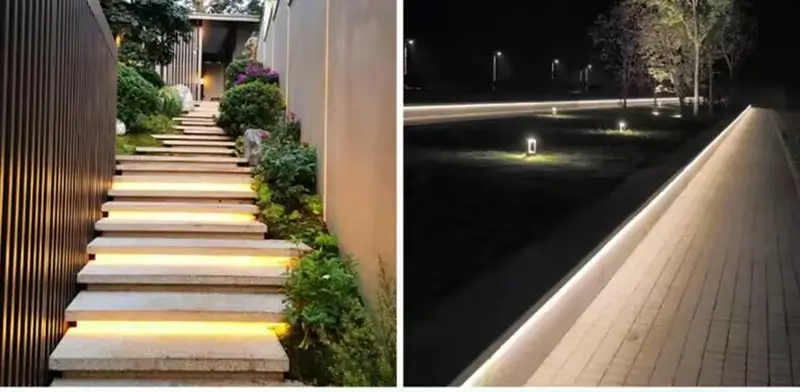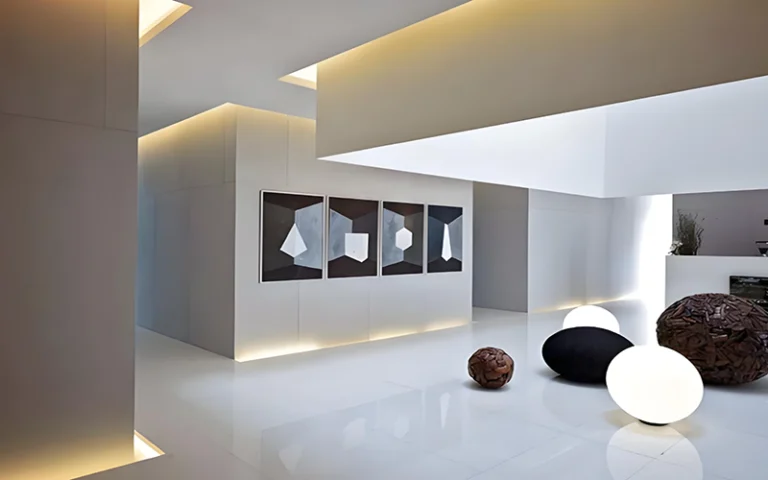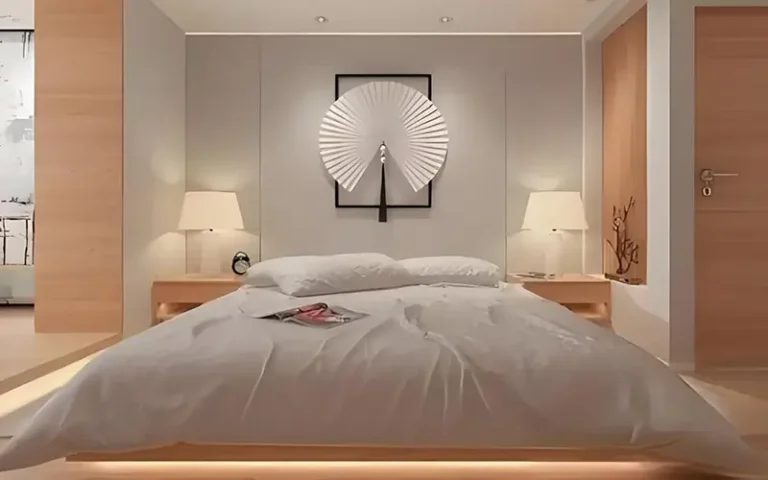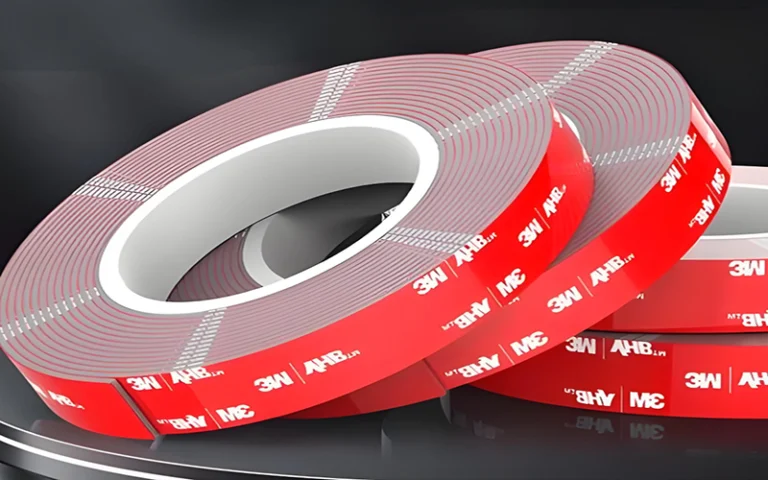8 Ways to Choose the Outdoor LED Strip Lights
Outdoor LED strip lights can ensure bright and adequate lighting for your outdoor space, and add beauty and functionality. Plus, it doesn’t consume a lot of energy, making LED strip lights a great choice for outdoor lighting.
When choosing an outdoor LED strip lights, there are other factors to consider besides the IP-67 rating. This guide will help you better understand outdoor LED strip lighting and make an informed decision for your outdoor lighting needs.
IP Rate of Outdoor LED Strip Lights
First, we need to understand the IP rating of outdoor waterproof LED strip lights, so that we can better understand the main types of waterproof LED strip lighting and their ideal installation locations:
Standard waterproof LED strip lights (IP65): These LED LED strips has silicone to protect against water splashes and dust.
Use: For indoor and wet areas, not directly exposed to heavy water or submerged.
Standard waterproof LED strip lights (IP67): These LED light strips also have silicone sleeves and are wrapped in a thick layer of silicone to protect against water splashes and dust.
Use: For outdoor and wet areas, not directly submerged.
Neon flex strips (IP67): These IP67 neon flex strips are extruded from the machine to protect against water splashes and dust.
Use: For outdoor and wet areas, not directly submerged.
Neon flex strips (IP68): IP68 neon flex strips designed specifically for underwater and swimming pools are designed to be fully submerged.
Use: Locations that are frequently exposed to water or require submersion, such as swimming pools and ponds.
Where Do Outdoor LED Strip Lights Up?
First, we need to be clear about the purpose and place of installing led strip outdoor. There are many outdoor spaces, and they are large. For example, the lighting requirements for illuminating a wide space such as a sidewalk or walkway are different from those for illuminating a landscape garden or patio decoration.
If you want to illuminate a large space, you may need a higher brightness and density of lighting. If you illuminate a porch or ambient lighting, you may only need to use LED strips with normal brightness.
What Brightness Do You Want Outdoor LED Strip?
Outdoor LED light strips are rated in lumens per meter. So choosing the right intensity also depends on your specific lighting needs. General outdoor LED strip lights are designed for the following three lighting purposes.
- Accent lighting: 150-300 lumens per meter for subtle decorative lighting.
- Task lighting: 400-600 lumens per meter for functional areas such as patios and pathways.
- General lighting: 700-1000 lumens per meter for overall lighting of larger areas.

How to Choose the Color Temperature of Outdoor LED light strips?
Once we have determined the object to be illuminated and the brightness, we can next confirm the color temperature of the lighting. Because different color temperatures of LED light strips affect the atmosphere of the outdoor space:
- Warm white (2700K-3000K): creates a comfortable and pleasant atmosphere, perfect for leisure areas.
- Neutral white (4000K-4500K): provides balanced lighting, suitable for general outdoor use.
- Cool white (5000K-6500K): provides bright and clear lighting, perfect for security and task lighting.
Where to Install LED Strip Lights Outdoor?
Once we have confirmed the lighting and color temperature, we need to confirm the location of the waterproof outdoor light strip. So that we can confirm the voltage and power supply of the outdoor LED light strip. Outdoor LED light strips usually have two safe voltages of 12 V and 24 V.
The following are the places where outdoor LED strip lights can be installed for your reference.
- Gardens and paths: used to illuminate walkways and highlight garden features.
- Deck and patio: create a comfortable and pleasant atmosphere.
- Fences and walls: add a decorative touch to borders and structures.
- Swimming pools and ponds: provide underwater lighting and enhance the beauty of water features.
What Materials will the Outdoor LED Light Strips be Mounted On?
LED strips have 3M adhesive on the back and are generally mounted on edges and curves. So, a smooth surface is important to ensure that the adhesive on the LED strip is compatible with the material.
Also, adhesives can easily fail, especially in hot, humid or wet environments. This can be paired with mounting clips that clip onto the LED strip and screw it into place.
Consider the materials you will be mounting the LED strip:
- Wood: Commonly used for decks, fences and gazebos.
- Metal: Suitable for railings, gates and outdoor furniture.
- Concrete: Used for driveways, paths and building exteriors.
- Plastic: Commonly used for garden decorations and outdoor fixtures.

How Many Meters Outdoor LED Strip Lights Do You Need?
Determine the length of the LED strip you need by measuring the area you plan to illuminate. The cut lengths for 12V and 24V are different, and the general length is 5 meters per roll.
You can also measure the exact length of the LED in advance and customize the length of the LED strip. This way you don’t have to cut it again. But remember to leave a little extra size, because there are turns and corners that need attention.
How to Buy High-quality Outdoor LED Light Strips?
When buying outdoor LED light strips, there are different voltages, densities, and lengths to choose from. At ESSENLED, all of our LED light strips are waterproof to IP67 or higher, suitable for both indoor and outdoor projects.
Also, consider the following factors to ensure quality and durability:
- IP rating: Look for products with a high IP rating (IP67 or higher) for protection against water and dust.
- LED density: A higher LED density (number of LEDs per meter) ensures brighter and more uniform lighting.
- Color rendering index (CRI): A higher CRI (90+) indicates better color accuracy and light quality.
- Warranty and support: Choose products from reputable manufacturers that offer warranties and reliable customer support.
Outdoor LED Light Strip Installation Tips
Proper installation is essential to maximize the performance and life of outdoor waterproof LED light strips:
- Clean installation surface: Make sure the surface is clean and dry, 3M adhesive can get the best adhesion.
- Aluminum accessories: Use with LED aluminum profiles to protect the LED light strips.
- Secure connection: Use waterproof connectors and seal any exposed wires.
Conclusion
Choosing the right outdoor LED light strip requires considering the purpose of the lighting, intensity, color temperature, and waterproofness of the connections. This way you can improve your outdoor space with beautiful and practical lighting to suit your needs. Prioritize quality and proper installation to enjoy the benefits of outdoor LED light strip lighting for years to come. We are a LED strip lights manufacturer, pls contact us.
FAQs
The brightness of outdoor LED light strips is measured in lumens/meter. Generally for accent lighting, choose 200-300 lumens/meter. For task lighting, 400-600 lumens per meter is ideal. For general lighting, choose 700-1000 lumens per meter.
For outdoor use, it depends mainly on where you install it outdoors. But choose an IP rating of at least IP67 for protection against splashing water and dust. For exposure to heavy water or immersion areas such as swimming pools and ponds, choose an IP68 rating for full waterproof protection.
Yes, outdoor LED light strips with an IP67 rating can handle wet conditions such as rain and splashing water. For full immersion, such as in a swimming pool, an IP68-rated LED light strip is required.
The color temperature depends on the desired atmosphere you want, and the lighting task. Warm white (2700K-3000K) creates a cozy atmosphere, neutral white (4000K-4500K) provides balanced lighting, and cool white (5000K-6500K) provides bright, clear lighting.
The user need choose the a compatible power supply and controller for outdoor LED light strips. A power supply can convert high voltage to low voltage for connection. Always make sure the power supply is suitable for outdoor use and provides the necessary voltage and power for your LED light strip. Pls conside the waterproof connector for outdoor installations.








